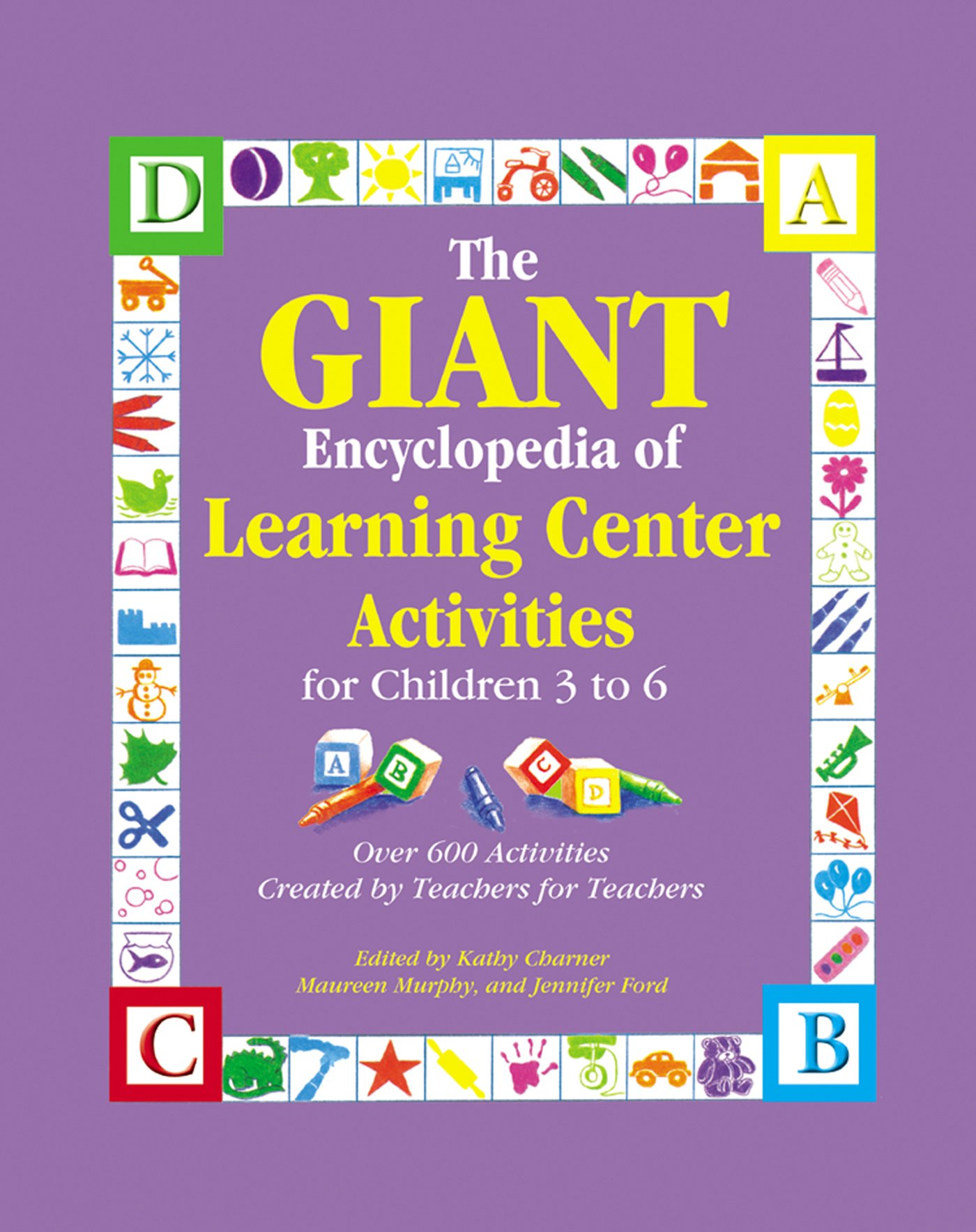Materials
white carnations
clear vases
food coloring
water
greenery
several plastic vases
Instructions
Make the following three exploration bottles and keep them in the water table
for exploration.
Color Bottles
1. Fill several 16 ounce bottles about 2/3 full with clear water. Slowly add a few
drops of food coloring to the water.
2. Encourage the children to notice how the color mixes with the water. After a
minute, cap the bottle and seal it with duct tape. Let the children shake the
bottle until the color is completely mixed with the water. Put the color
bottles in an accessible area.
3. Encourage the children to explore the bottles. Point out how the water
moves when they shake the bottle. Ask them to notice the air bubbles. Ask
questions such as, "How can you make a lot of bubbles in the bottle?"
Sink-and-Float Bottles
1. Fill a 2-liter bottle to the top with clear water.
2. Place a glass eyedropper in the bottle, making sure the bulb is up.
3. Tightly screw the top on the bottle. Wrap the cap with duct tape for
additional waterproofing.
4. The eyedroppers should float at the top of the bottle.
5. Encourage the children to squeeze the sides of the bottle and observe what
happens to the eyedropper. Ask questions such as, "What happens to the
eyedropper when you squeeze the sides of the bottle?"
6. Put the sink-and-float bottle in an accessible area and let the children
explore it freely.
Double Bottles
1. Fill one 2-liter bottle with clear or colored water. Drop a small object such as
a coin, toothpick, or die into another 2-liter bottle.
2. Connect the two bottles by screwing the tops (with no lids) into the ends of
a piece of vinyl pipe. Duct tape the ends for additional waterproofing.
3. Encourage the children to turn the bottles so
the full bottle is on top and observe the
action of the water as it flows from one
bottle to the other.
4. Use a stopwatch to time how long it
takes for the water to transfer from
the full bottle to the empty one.
5. Observe and comment on the action
of the object in the bottle. Ask
questions such as, "How can you
make the water flow faster/slower?"
6. Put the bottle in an accessible area
and let the children experiment.
More to do Outdoors: Go outdoors on a snowy day. Collect snow in three different size
containers. Bring them indoors and place them in different areas of the room.
Watch what happens.
Science and Nature: Put a pie pan on a table and draw a water line on the
inside of the pan. Pour water into the pan up to the water line. Place the pan on
a sunny shelf. Encourage the children to check the water level frequently. Ask
questions such as, "What do you think is happening to the water in the pan?"
Talk about evaporation.
